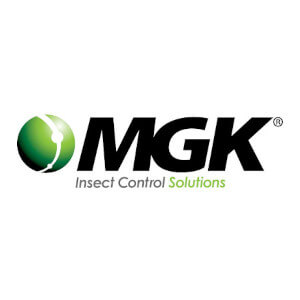Insecticides are structured into classes that share common chemical structures and modes of action, or the way they kill an insect. Carbamates, neonicotinoids, and pyrethroids are examples of insecticide classes. Continual use of the same insecticide class to control flies can quickly lead to resistance, or the inability of that insecticide to kill insects.
Rotating the insecticide class is important to continued control. It is important to note that even if active ingredients are different, the mode of action could be the same. For example, use a pyrethrin or pyrethroid product then a neonicotinoid, rather than clothianidin then imidacloprid, which are both neonicotinoids.

